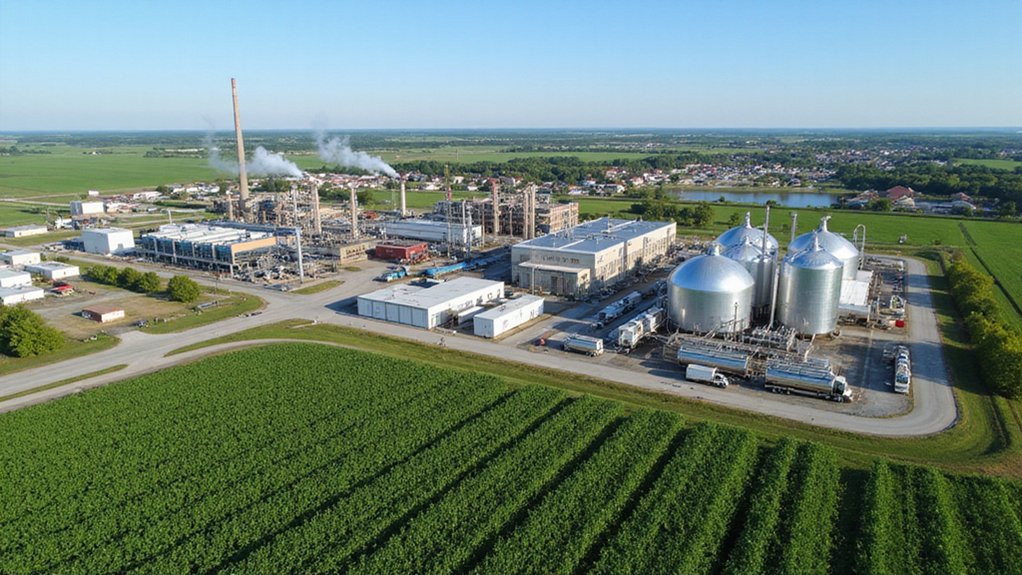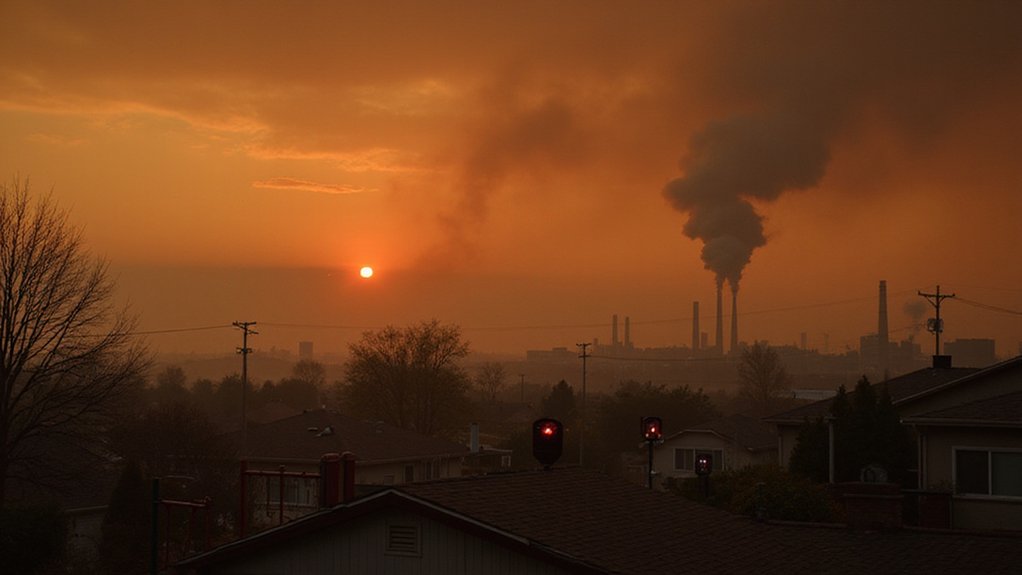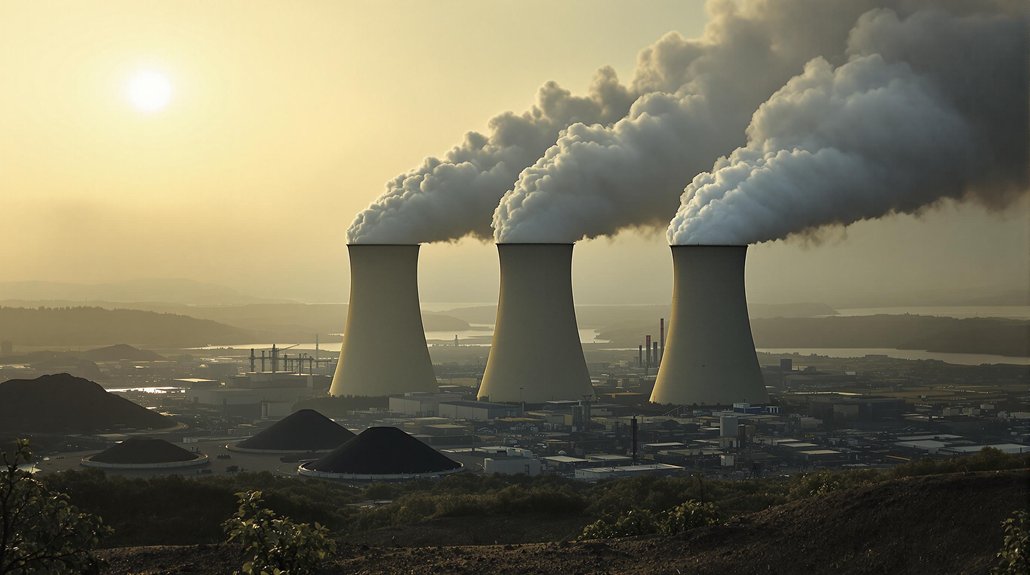The Trump administration has suspended air quality monitoring in all 63 U.S. national parks as of May 6, 2025. The Interior Department’s sudden halt affects tracking of harmful pollutants like ozone and particulate matter. This decision, made without public input, raises concerns about health risks including asthma attacks, heart problems, and strokes from air pollution exposure. Environmental groups are expected to challenge this move that interrupts essential long-term data collection efforts.
The Trump administration has halted air quality monitoring in all 63 U.S. national parks, according to reports from multiple sources. The Interior Department suspended the nationwide program on May 6, 2025, as revealed in an internal email obtained by The Washington Post. While no official public announcement has been made, the Alt National Park Service shared news of the suspension on social media platforms.
The suspended program tracked harmful air pollutants throughout the national park system. It monitored both ozone and particulate matter levels across parks nationwide. This appears to be a complete suspension of monitoring activities rather than just a reduction in data collection efforts. Environmental scientists warn this suspension hinders critical trend analysis that helped measure air quality changes over decades.
The monitoring program played a vital role in environmental protection. Data gathered from these stations helped officials decide whether to grant permits to industrial facilities near parks. The information was used to assess the impact of power plants, oil refineries, and other industrial operations on air quality in protected areas. The program also provided baseline measurements to track pollution trends over time. This monitoring is especially crucial when over 99% of humanity breathes air that doesn’t meet WHO air quality guidelines.
Health experts worry about the suspension’s impact on public safety. Exposure to the pollutants tracked by this program has been linked to serious health problems. Long-term exposure to particulate matter can increase risks of heart attacks and strokes. In the short term, these pollutants can trigger asthma attacks. According to EPA data, particulate matter exposure has been connected to premature death in some cases.
The decision was implemented without public consultation. On the same day, the State Department also stopped global air quality monitoring efforts. Officials haven’t provided a timeline for when monitoring might resume. The sudden stop-work orders issued to the two affected contractors have contributed to the existing chaos within the National Park Service.
The suspension could have significant regulatory consequences. Without this data, the permit process for industries near national parks may change. Environmental impact assessments may lack important information. The decision follows a pattern of reductions in federal environmental monitoring programs.
Environmental groups are expected to challenge this decision as they worry about the long-term effects on both park ecosystems and public health.
References
- https://www.threads.com/@hollymatheson/post/DJUAT8Yu0WU/alt-national-park-service-trump-administration-has-suspended-an-air-quality-moni
- https://www.threads.com/@drrusswin/post/DJUAuTyt1U7/the-interior-department-has-temporarily-suspended-an-air-quality-monitoring-prog
- https://www.joemygod.com/2025/05/air-quality-monitoring-at-national-parks-suspended/
- https://www.democraticunderground.com/1127182374
- https://www.instagram.com/postclimate/p/DG08qIWNGbw/?api=demo+pg+soft+mahjong+1【666777.ORG】.uqcw









